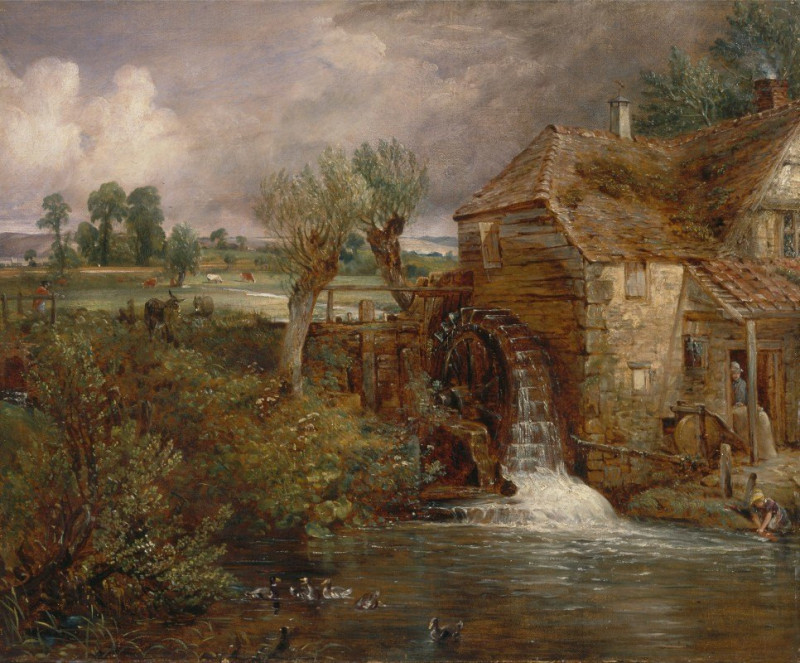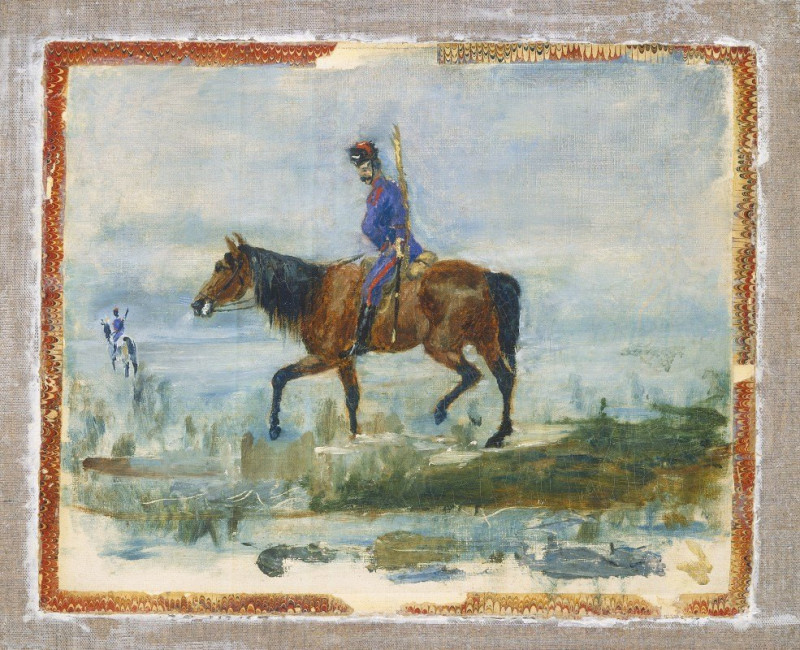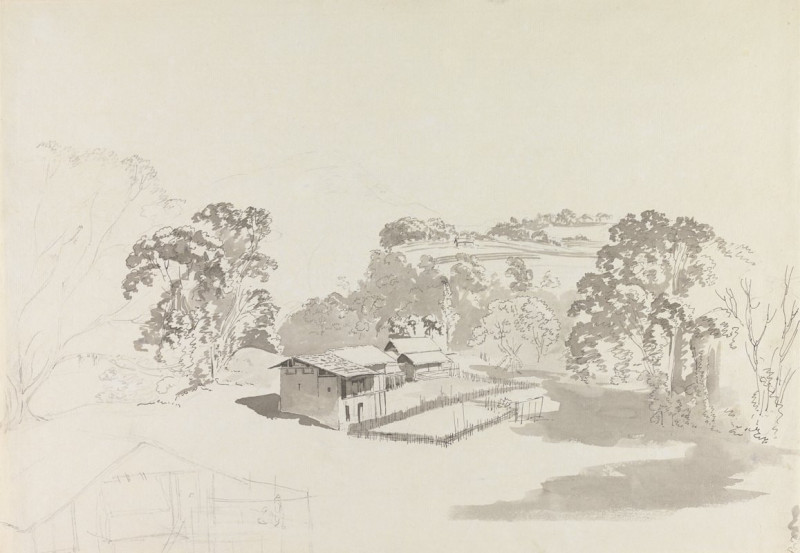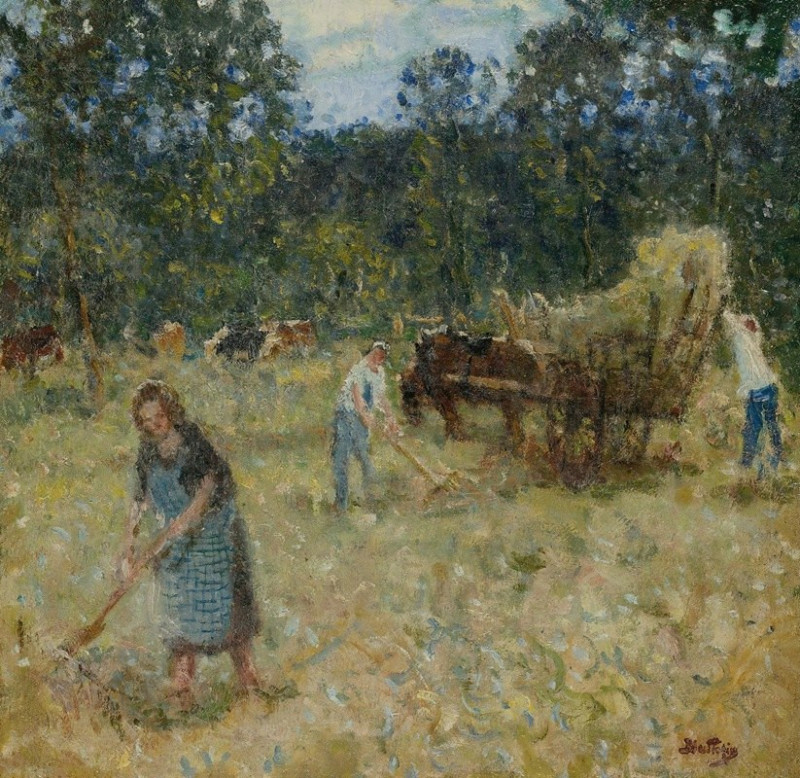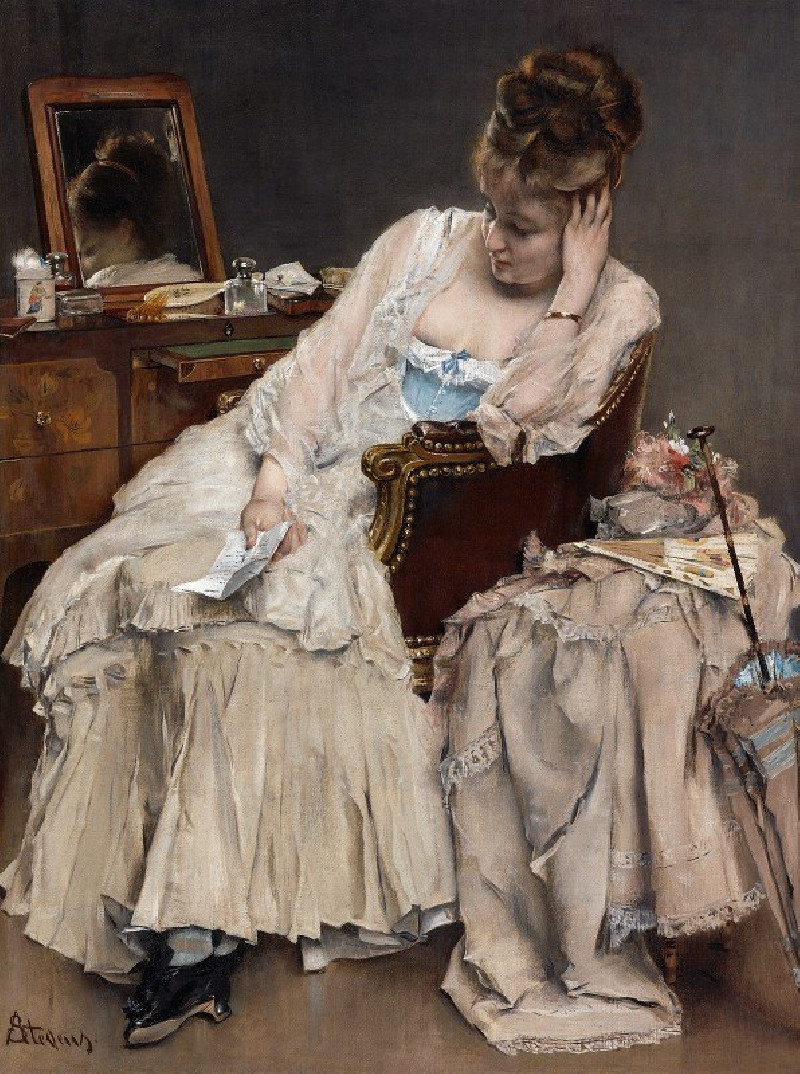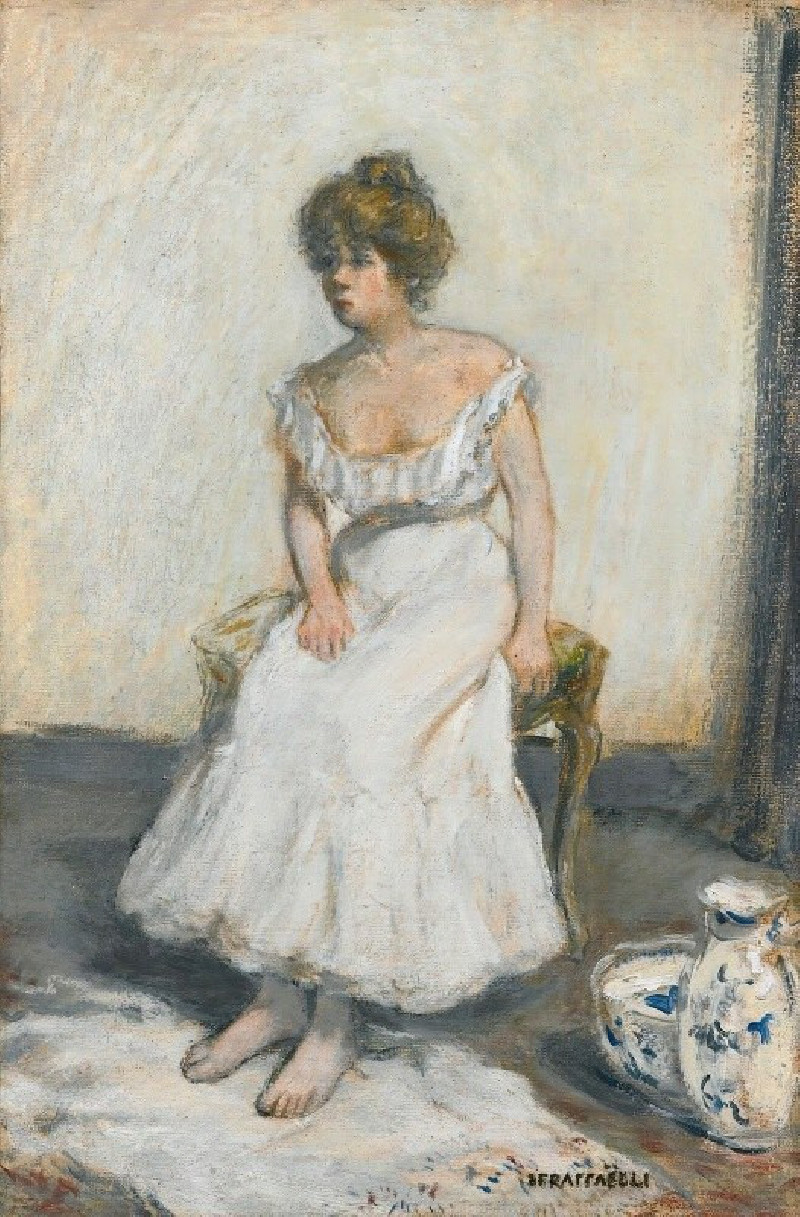Hope, II (1907 - 1908)
Technique: Giclée quality print
Recommended by our customers
More about this artwork
Gustav Klimt’s painting, "Hope, II," crafted between 1907 and 1908, is a mesmerizing artwork that grips the viewer with both its beauty and depth. Klimt, a symbolist painter and one of the most prominent members of the Vienna Secession movement, is known for his vivid and ornamental style, which is abundantly clear in this piece.The painting primarily features a woman who stands with a graceful poise, enveloped in a robe adorned with colorful, circular patterns. The robe is quite elaborate, filled with a spectrum of radiant colors and intricate designs that typify Klimt's lavishly decorative approach. This opulent garment spills over into the foreground, creating a flow that pulls the viewer's eyes across the canvas. The golden shimmering background adds an etherial texture, enhancing the mystique and depth of the scene.Most compellingly, the woman depicted in the painting is pregnant, her hands gently resting above her belly, hinting at themes of hope and anticipation. Another smaller figure, likely symbolic of a child, is nestled at the bottom left of the canvas, contributing to the overarching theme of maternity and expectation."Hope, II" isn't just an exploration of future possibilities represented by maternity, but also carries an undercurrent of melancholy or pensiveness, possibly reflecting on the anxieties associated with impending motherhood. Like many of Klimt’s works, this painting offers multiple layers of interpretation, inviting viewers to ponder its symbolism and emotive pull.
Delivery
Returns
Gustav Klimt (1862–1918) was one of the greatest Austrian symbolist painters of the Art Nouveau era. Renowned as one of the most prominent founding members, and as a president of the Vienna Art Nouveau movement (Vienna Secession). His works were mainly paintings, murals, and sketches. Marked by his numerous erotic drawings, Klimt's primary subject were female figures, and at one point his work was even criticized as pornographic. Klimt found financial success in his "Golden Phase" with decorative techniques and the prominent use of gold leaf in his paintings.


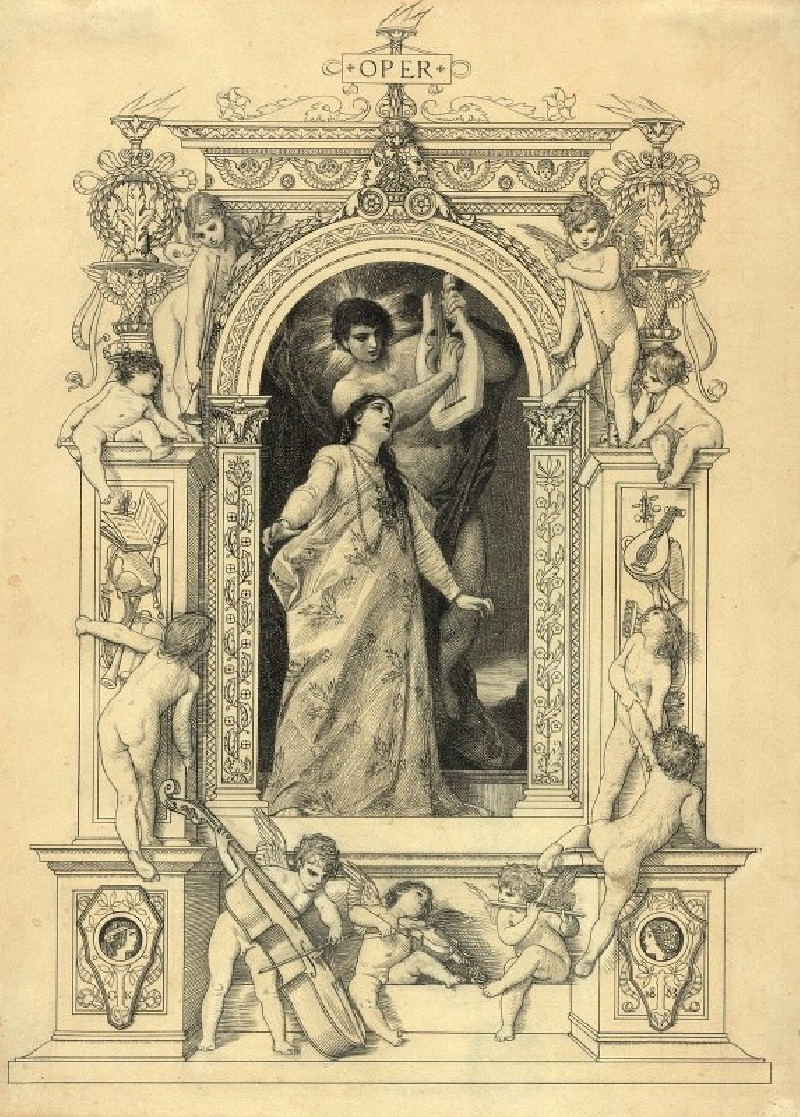
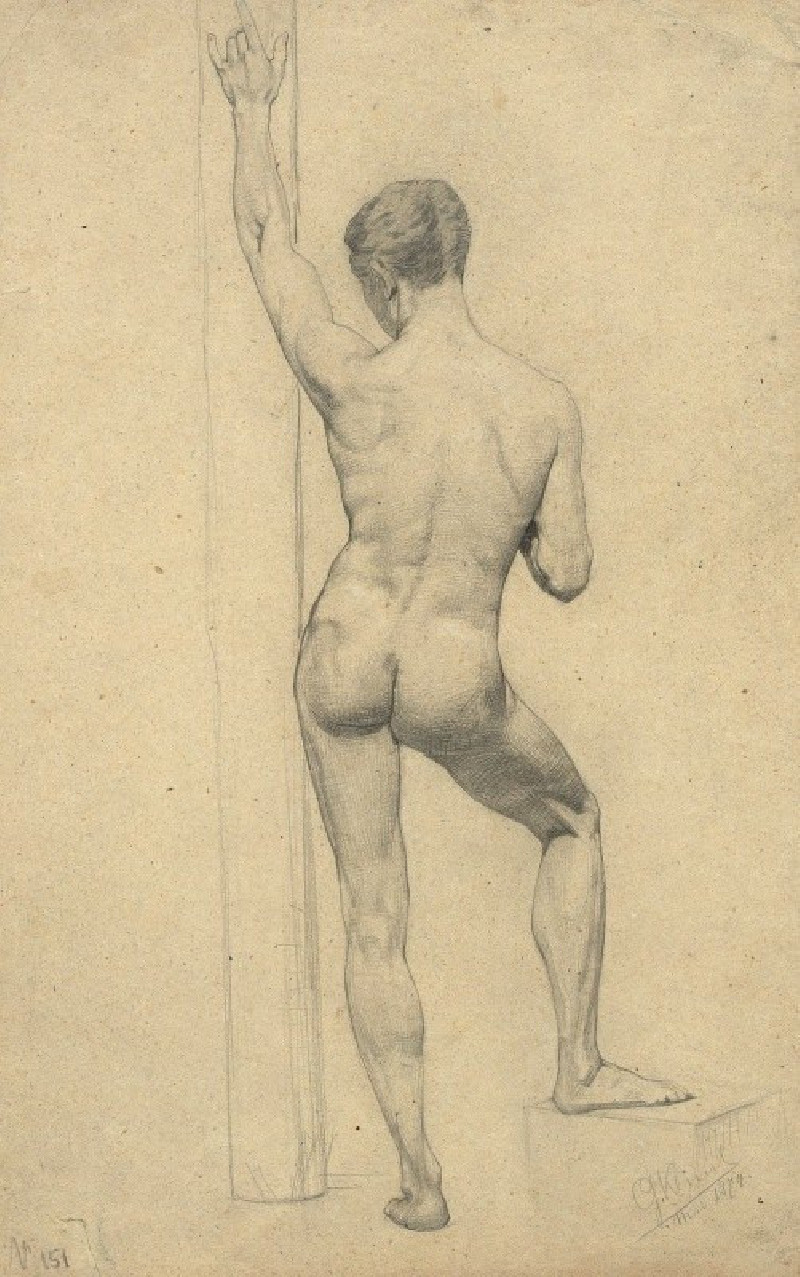
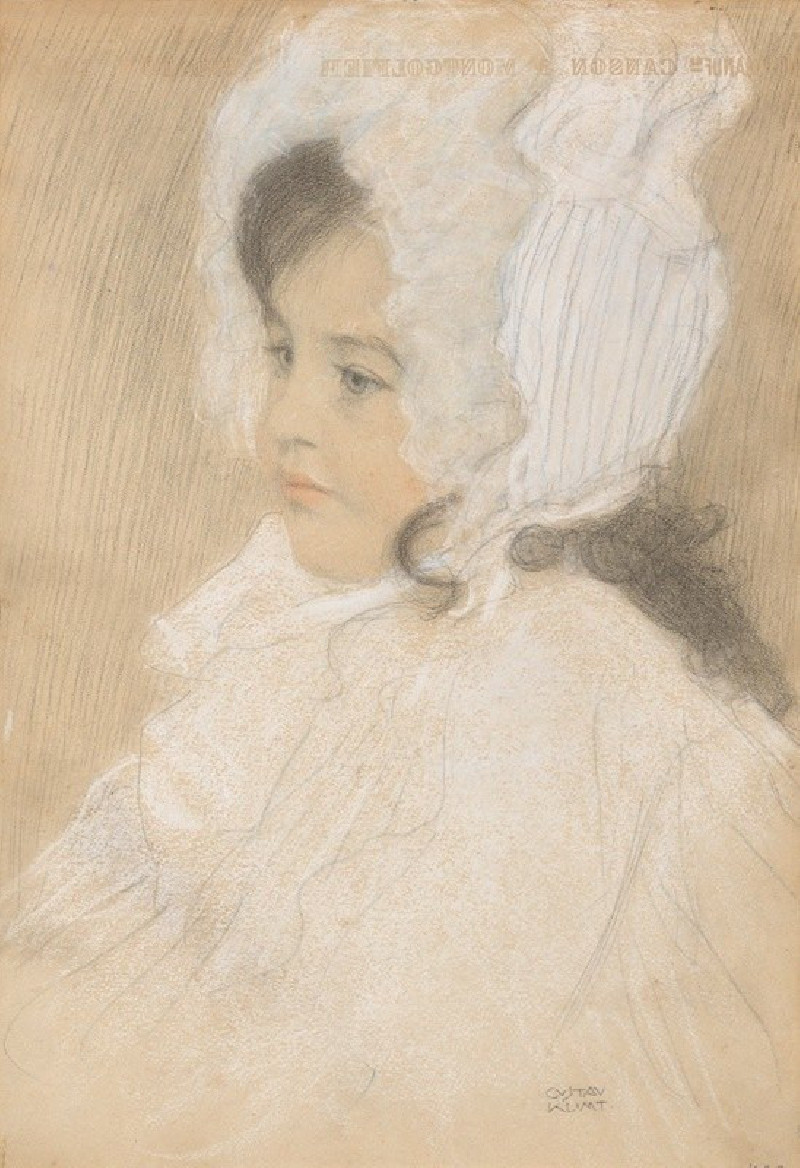
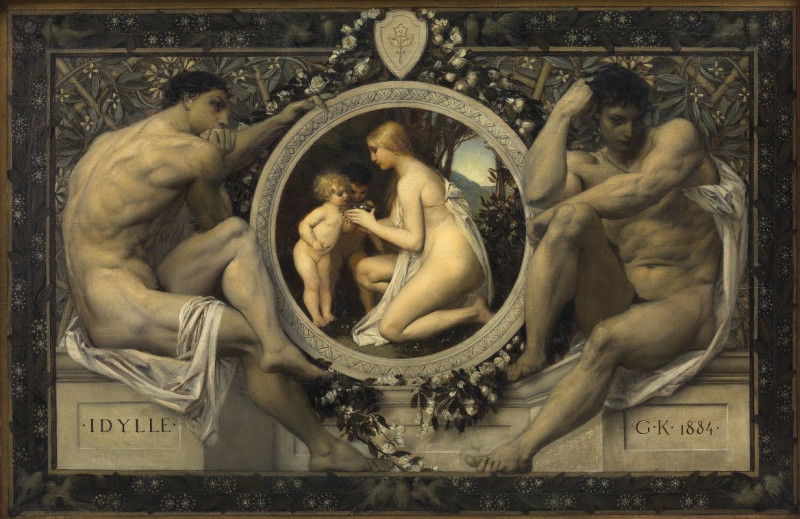
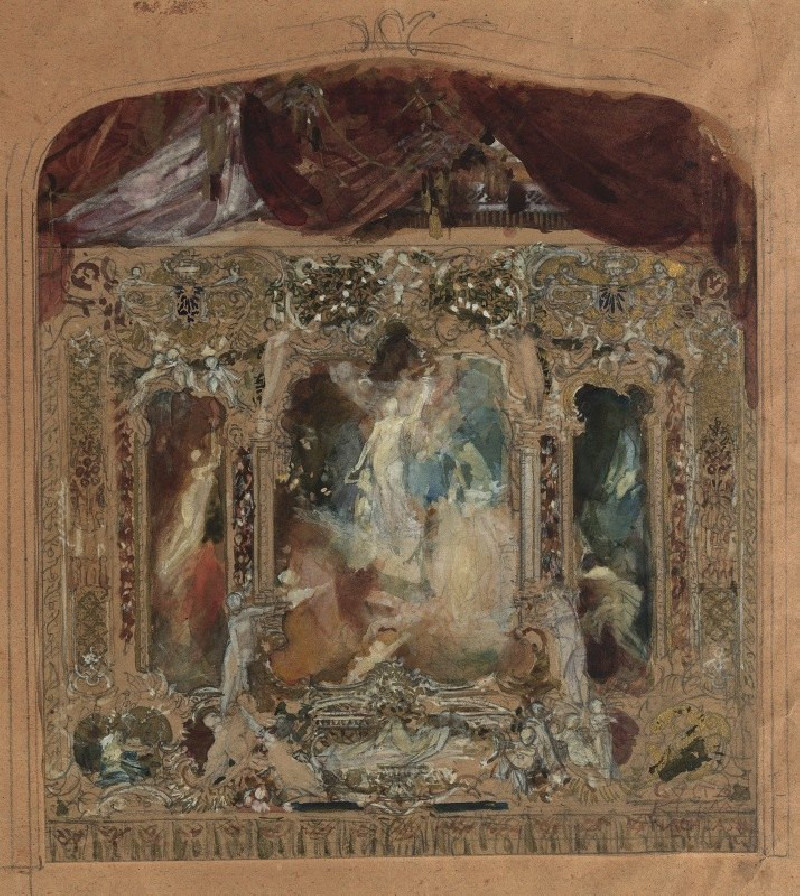

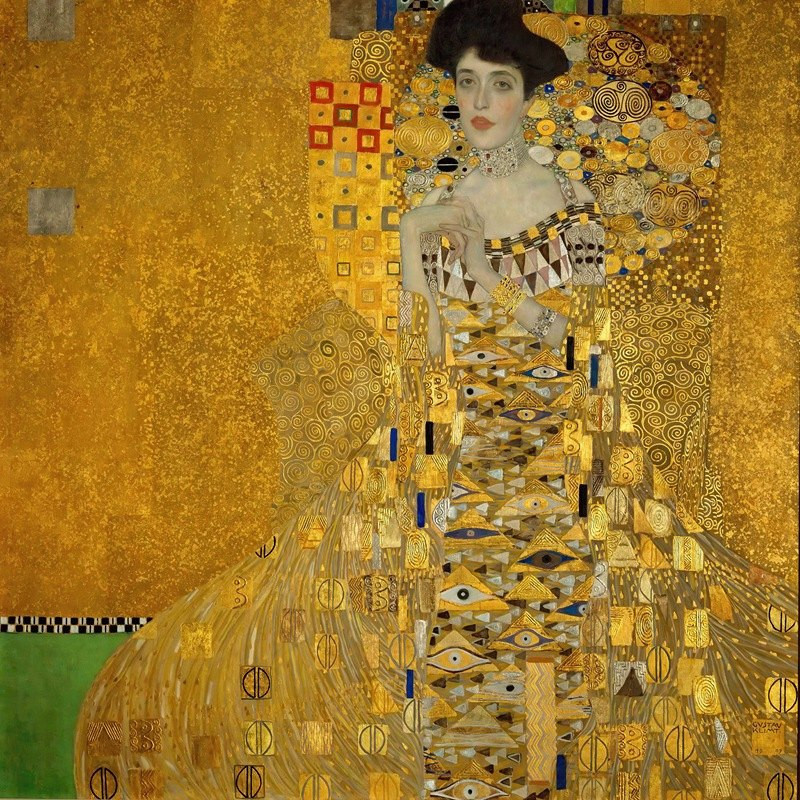
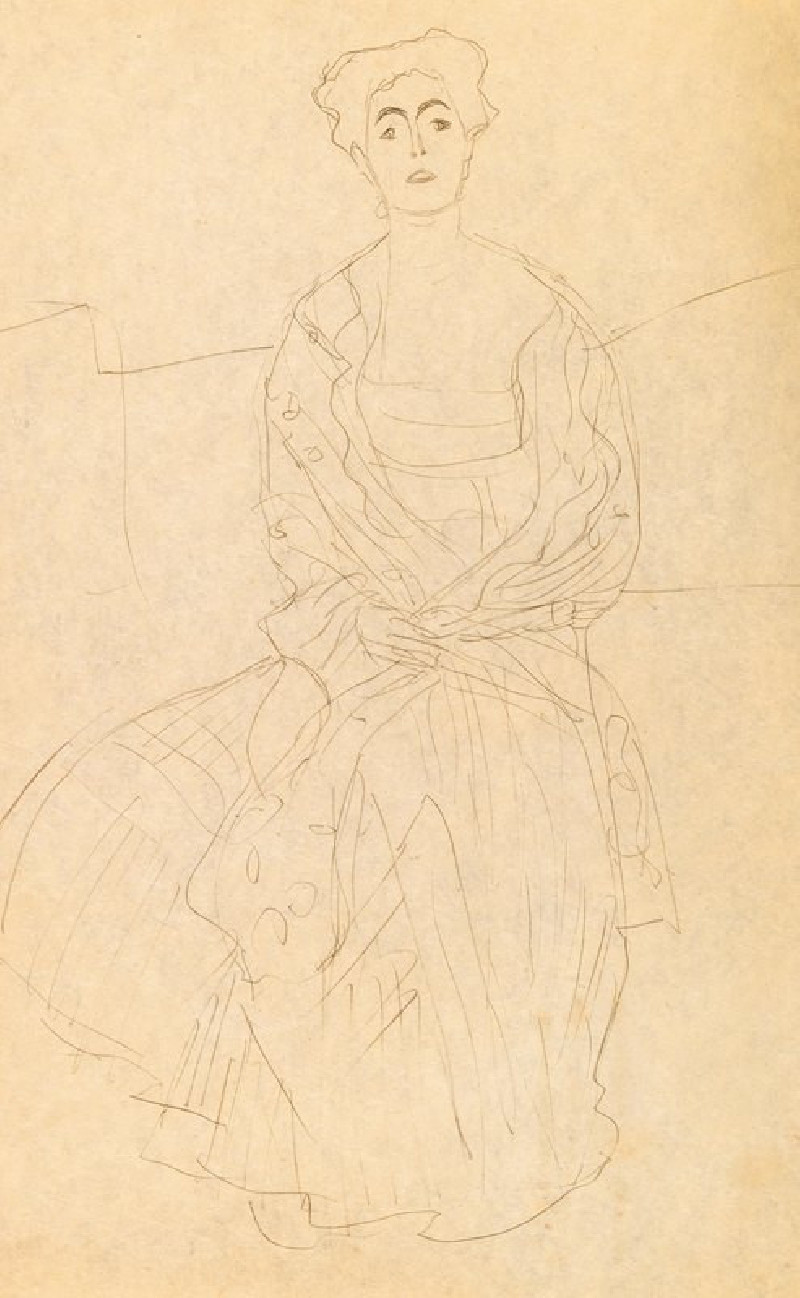
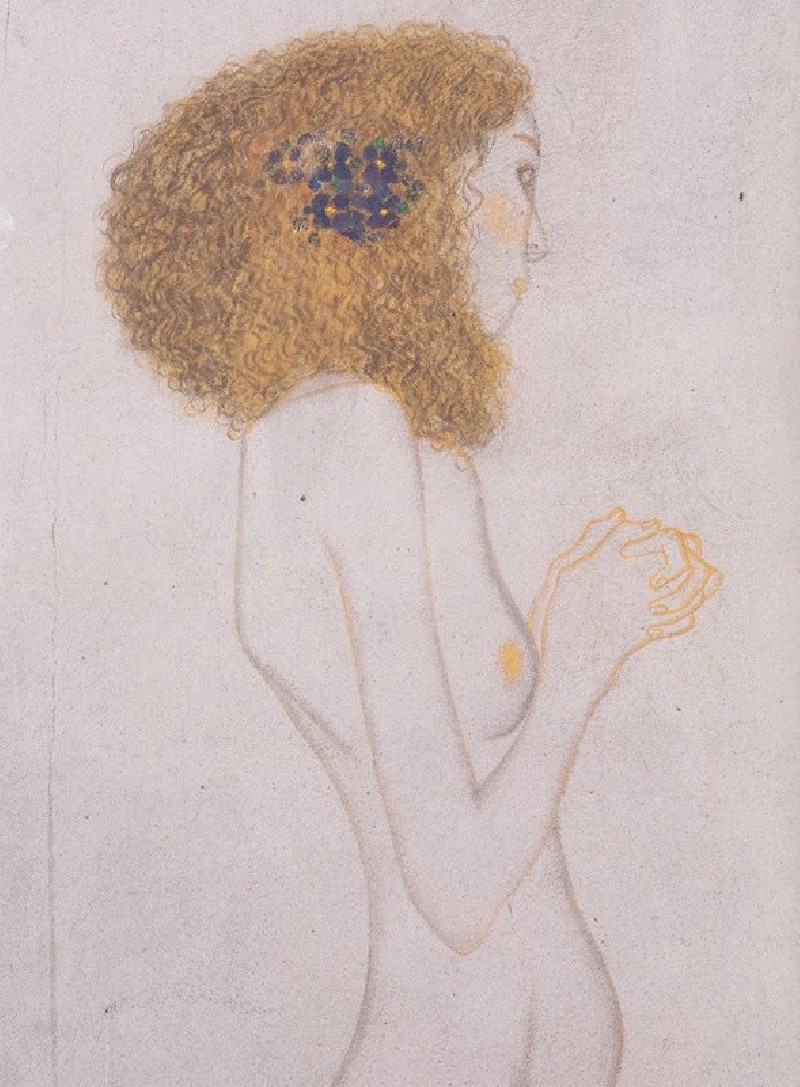

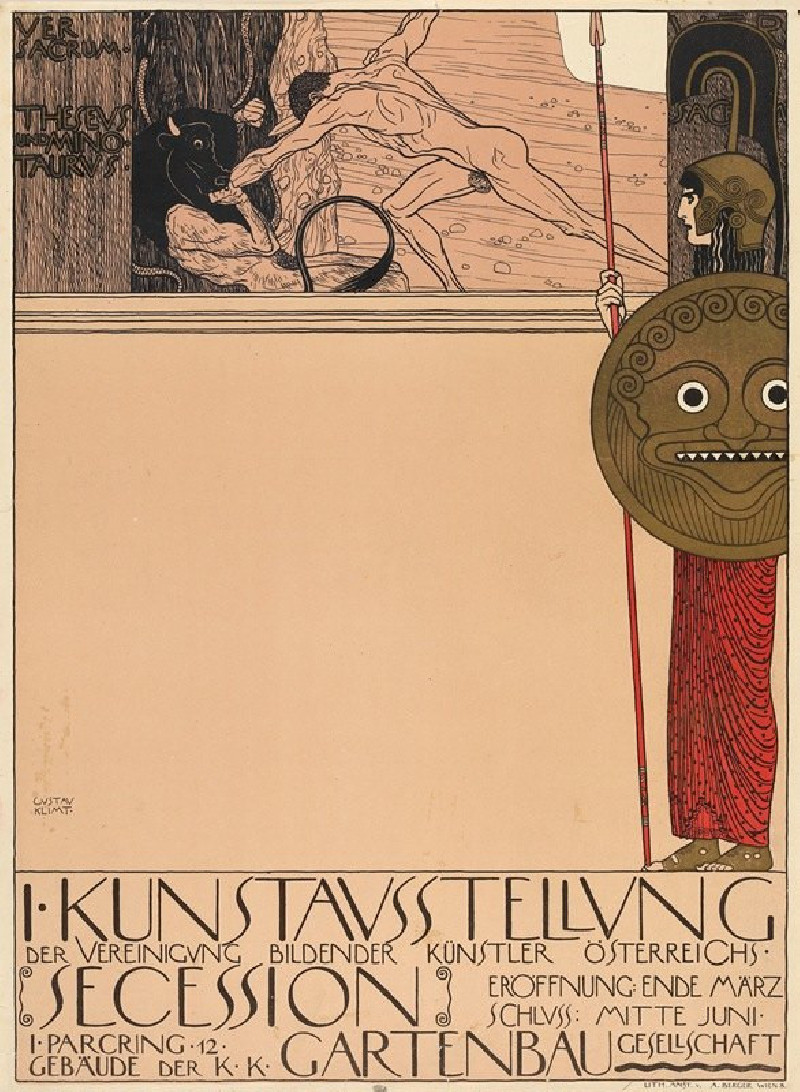
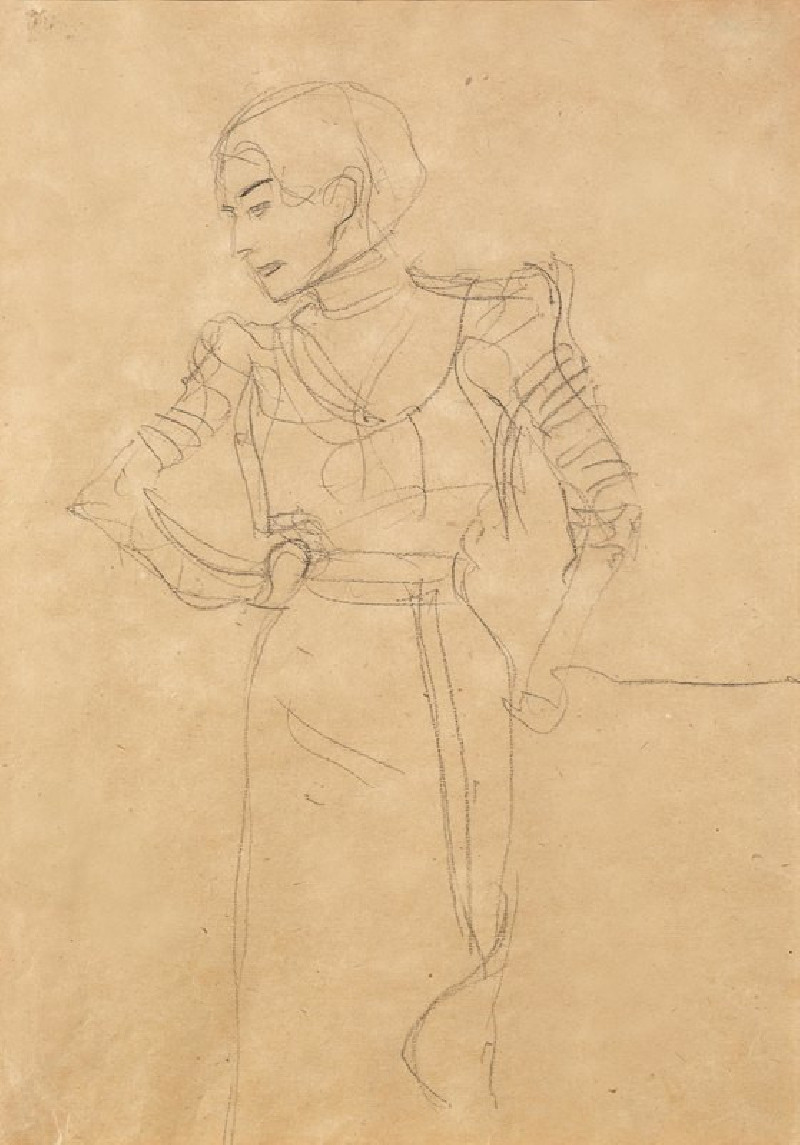
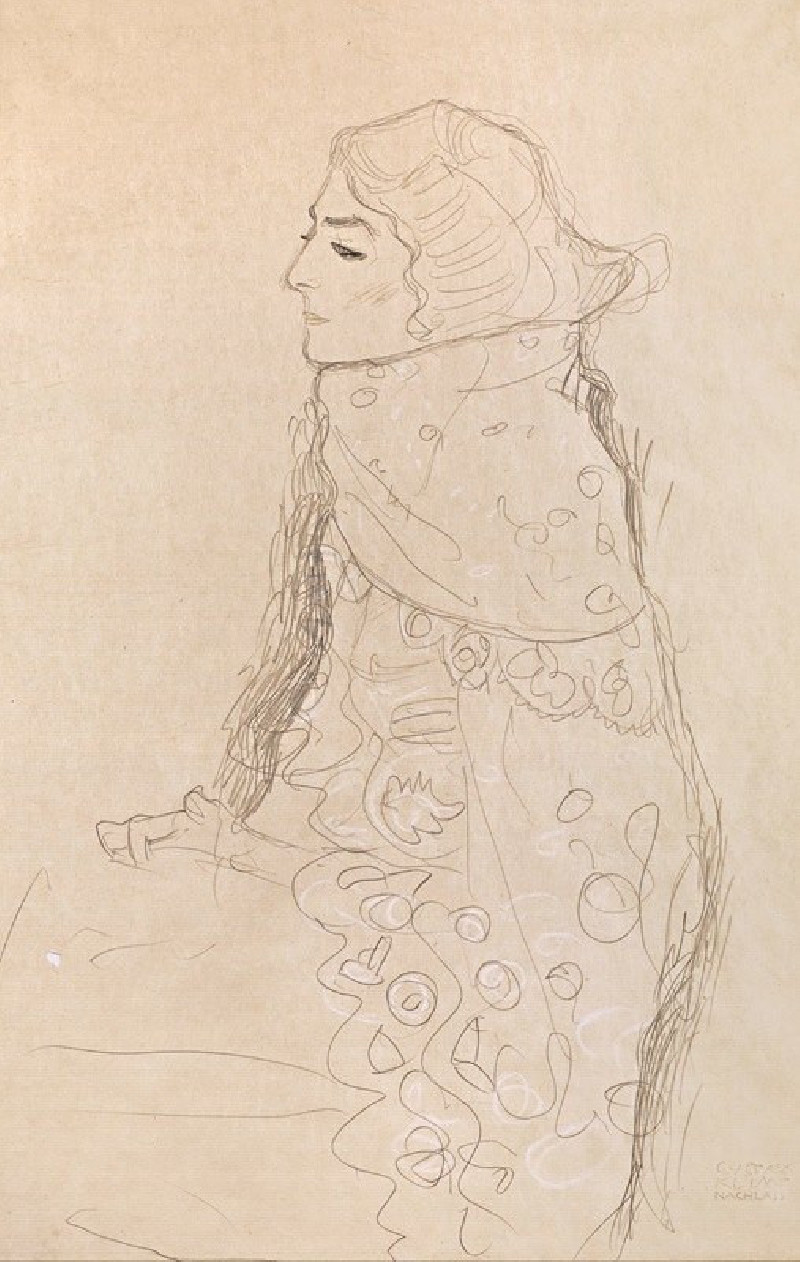
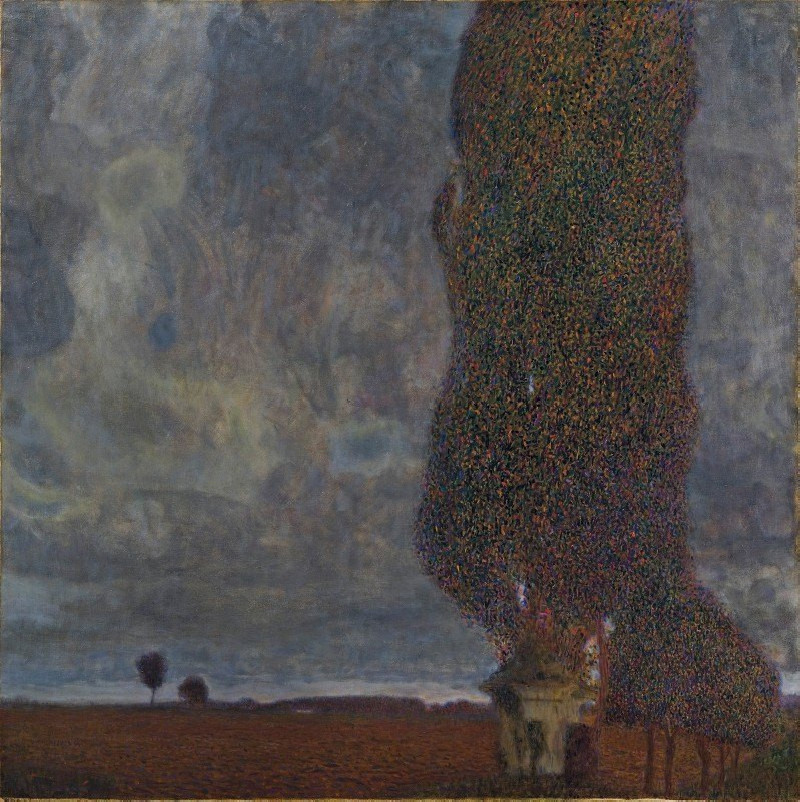
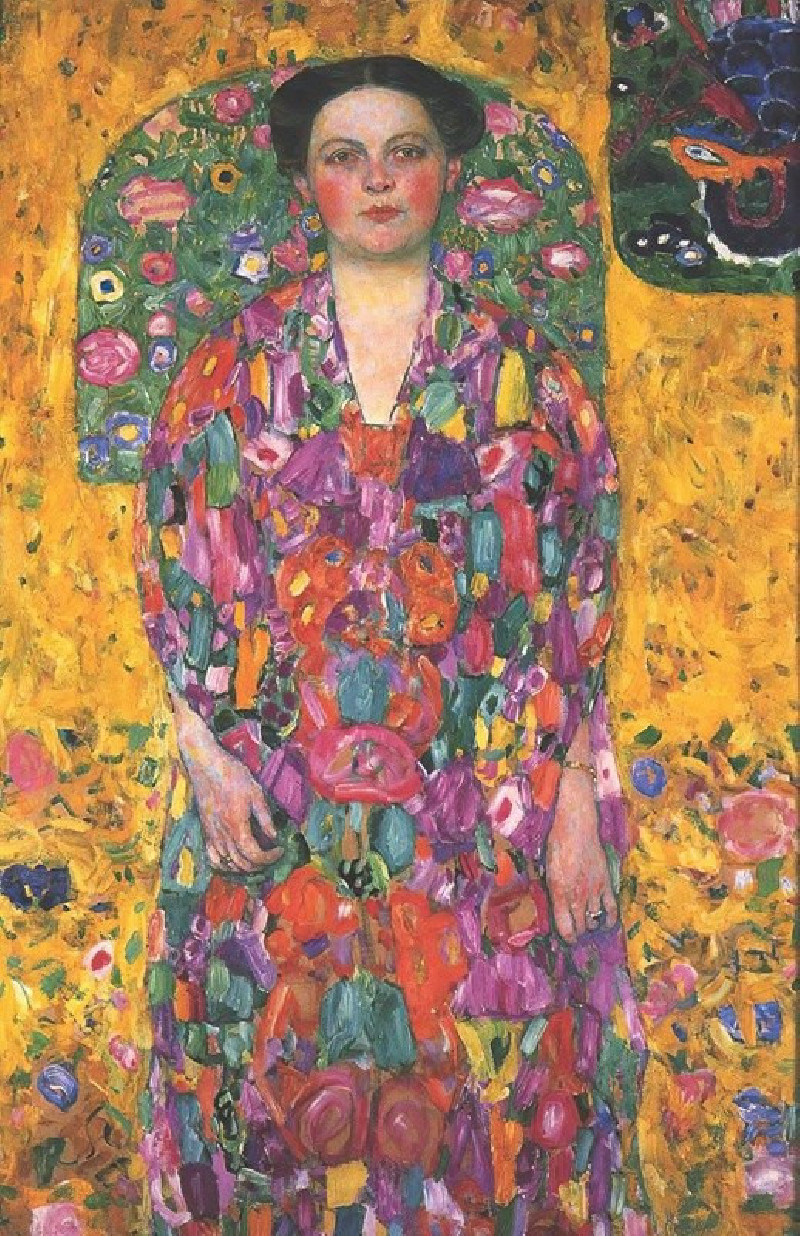
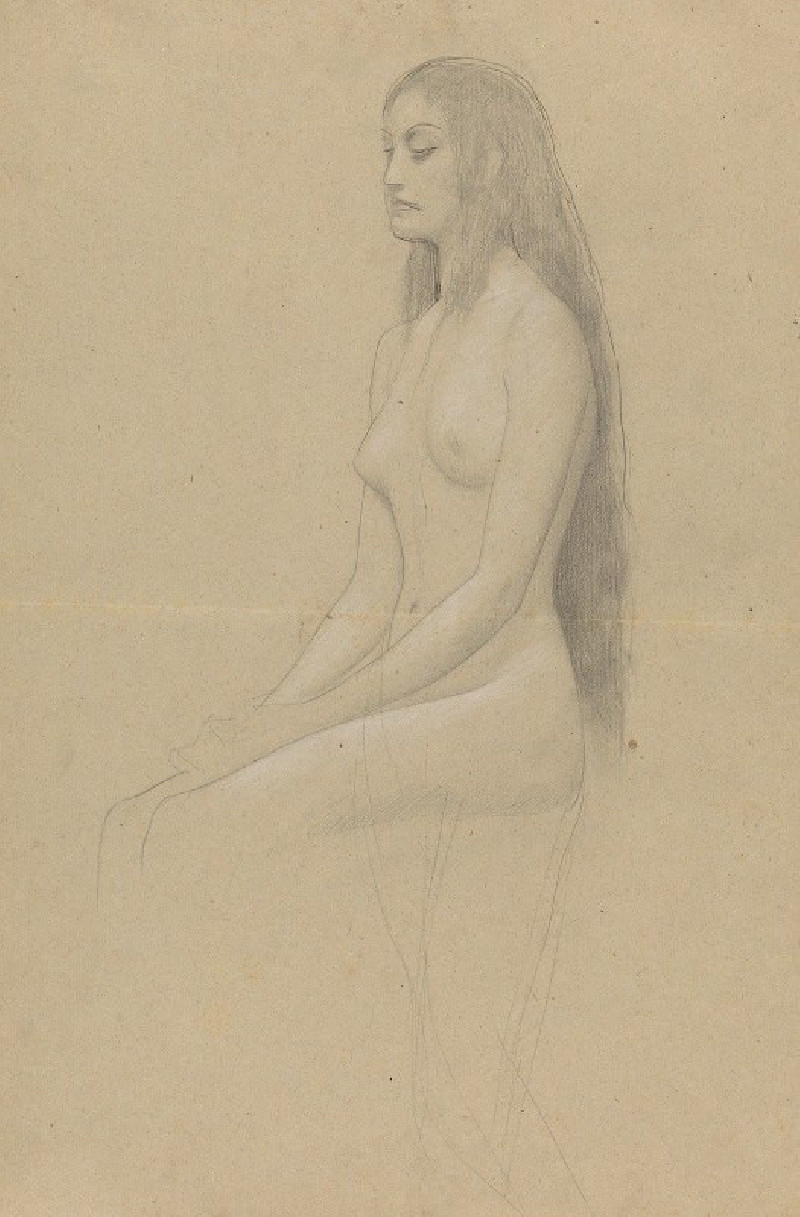
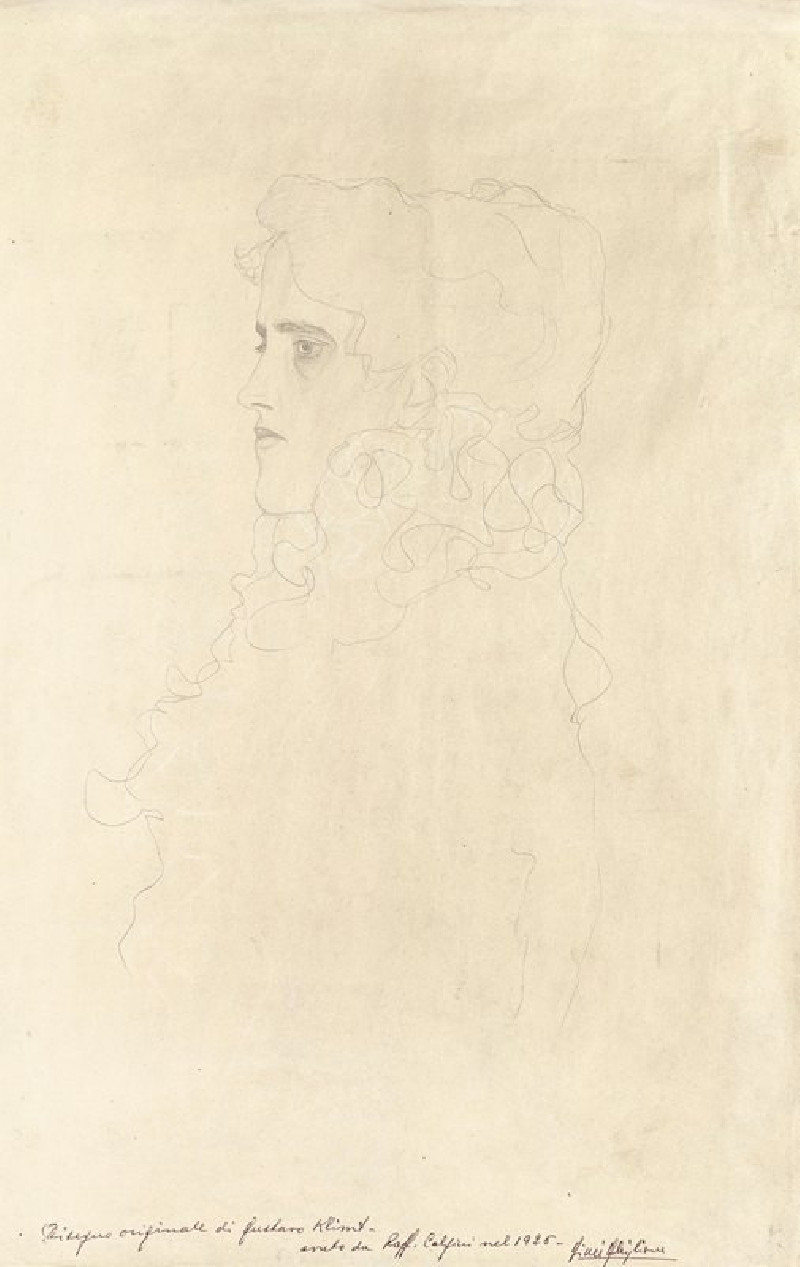
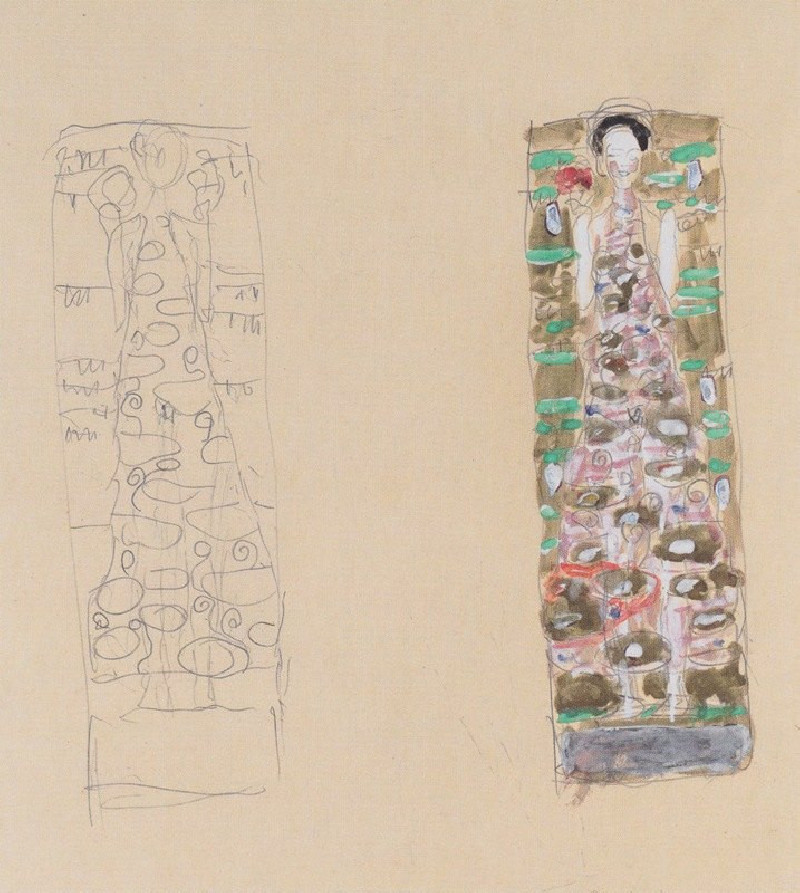
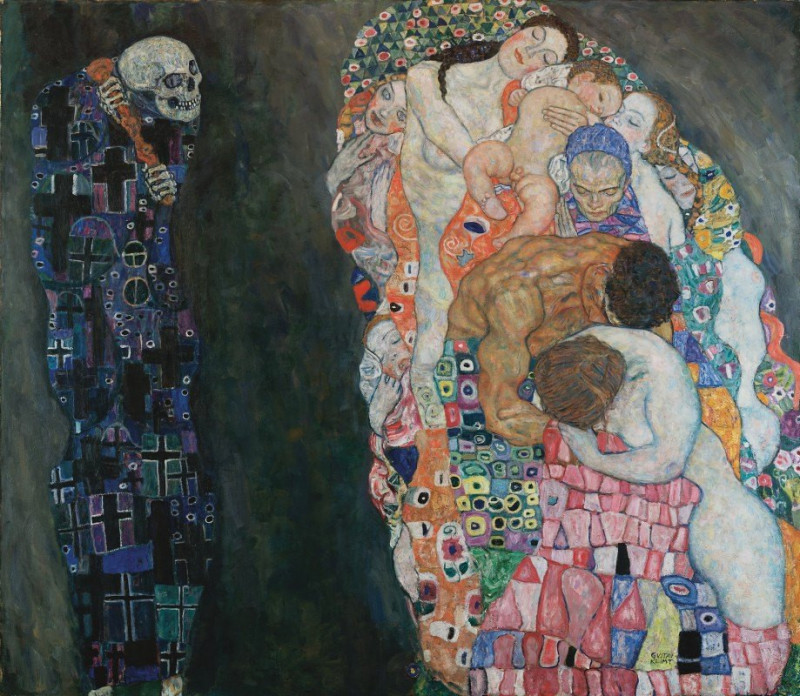
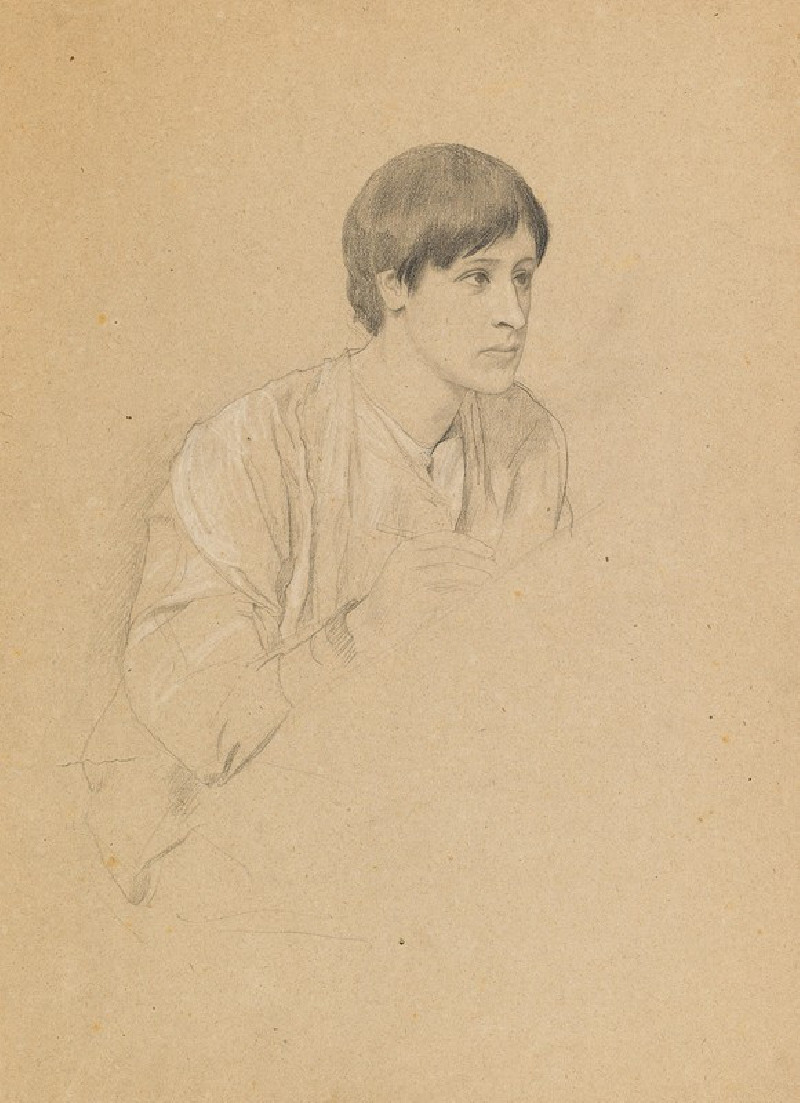


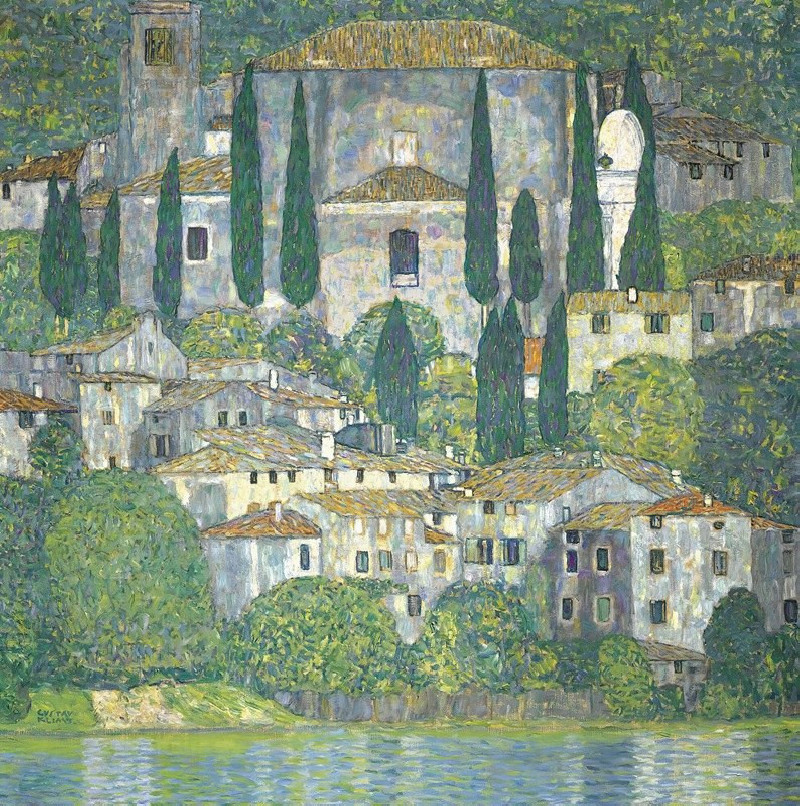
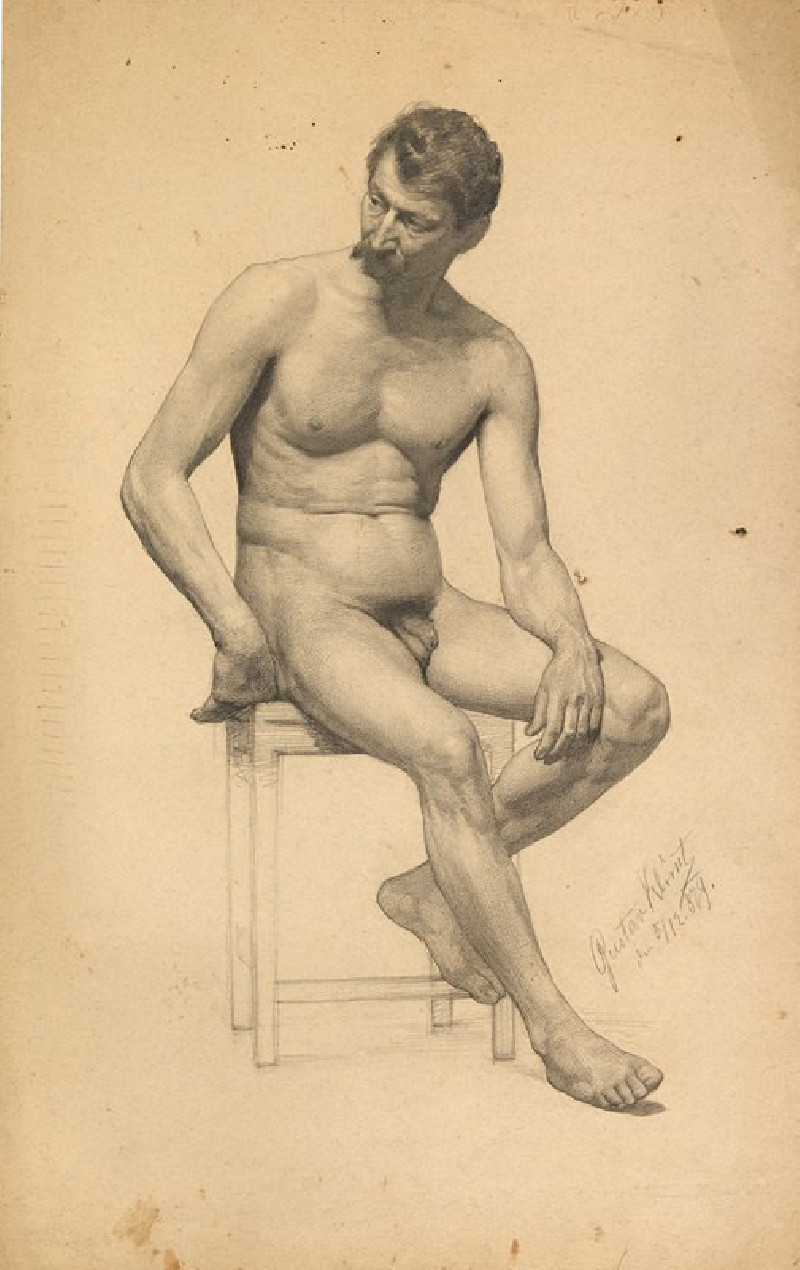
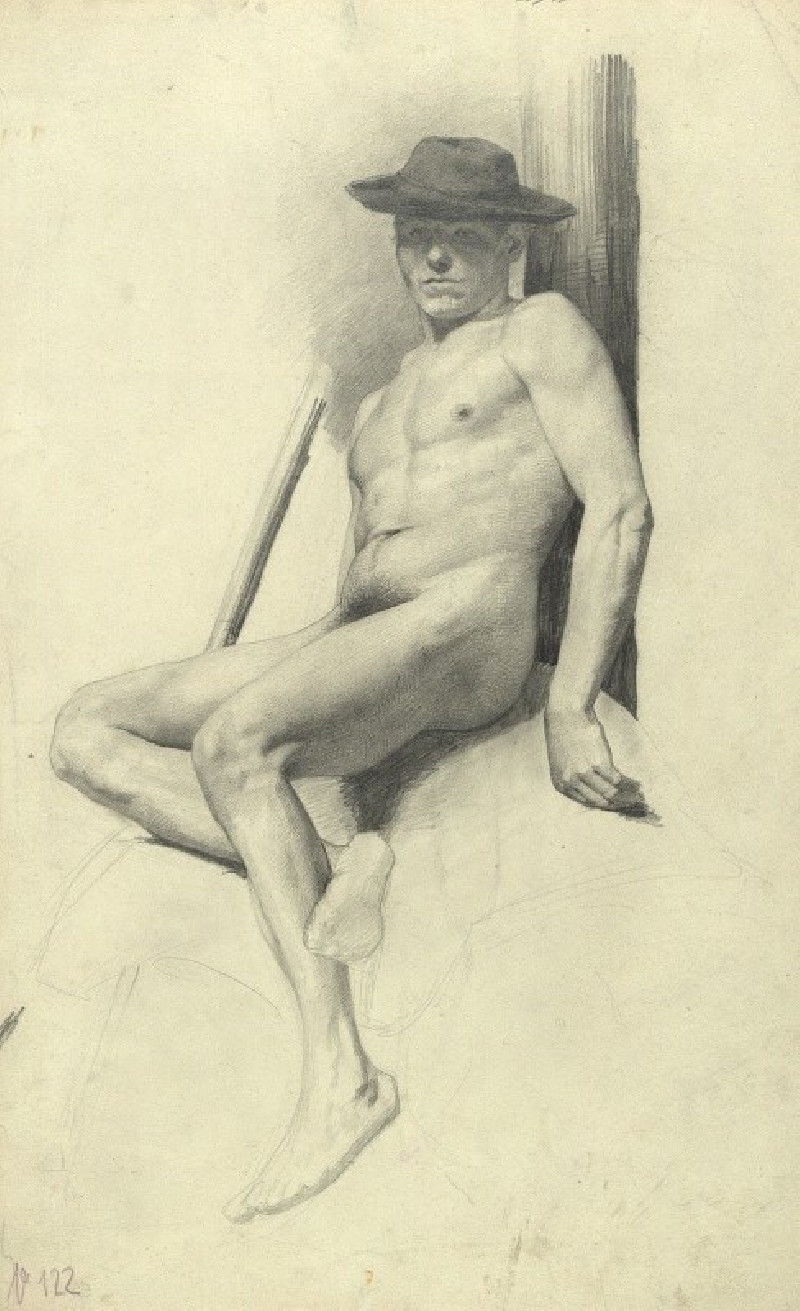

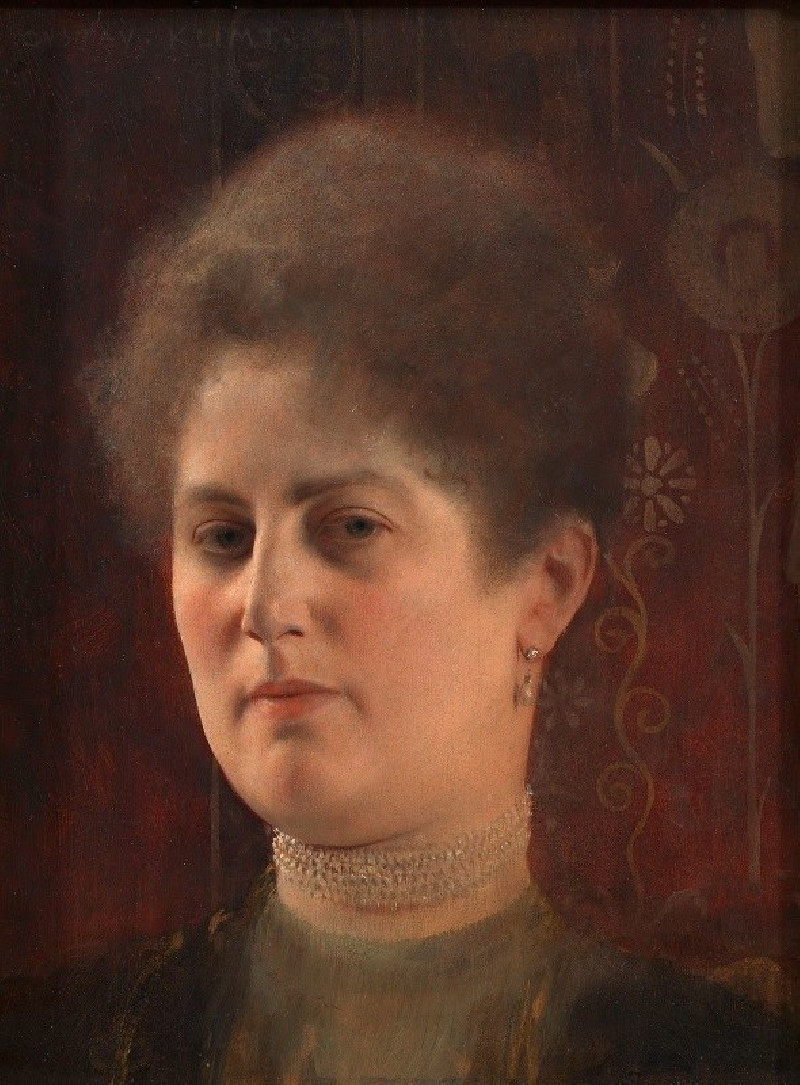
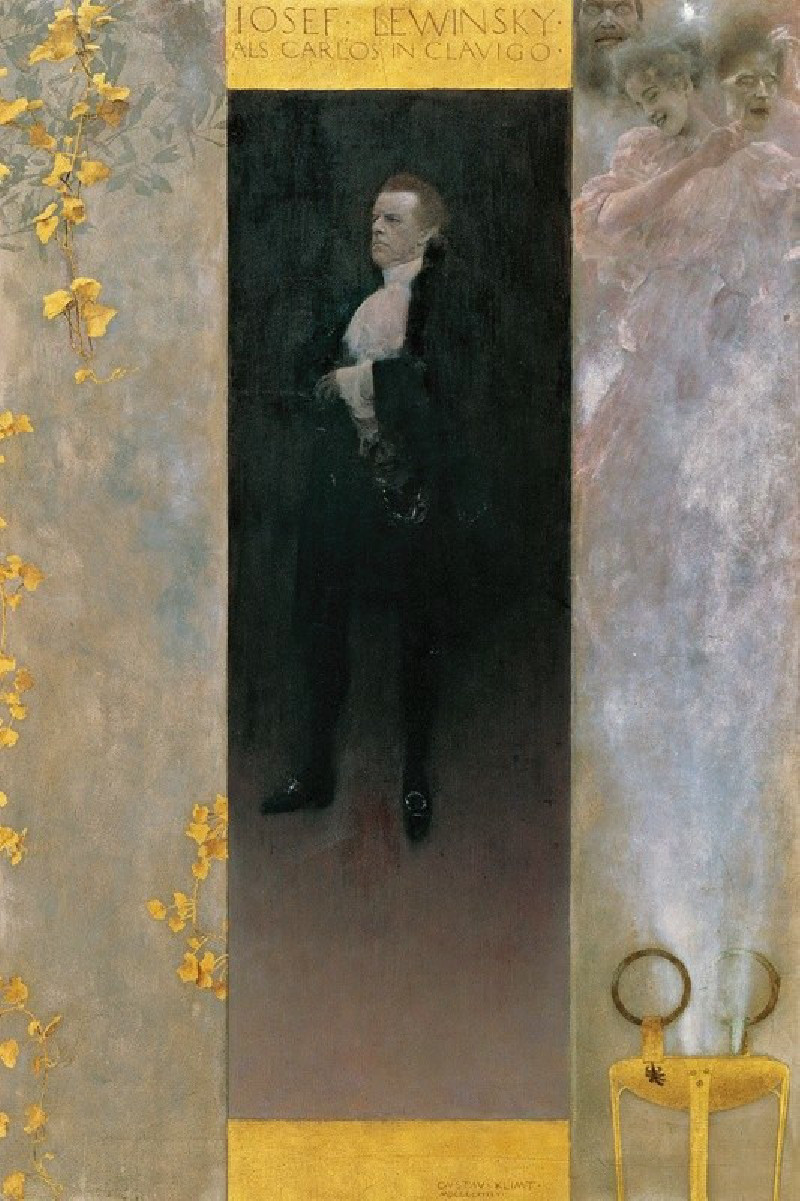
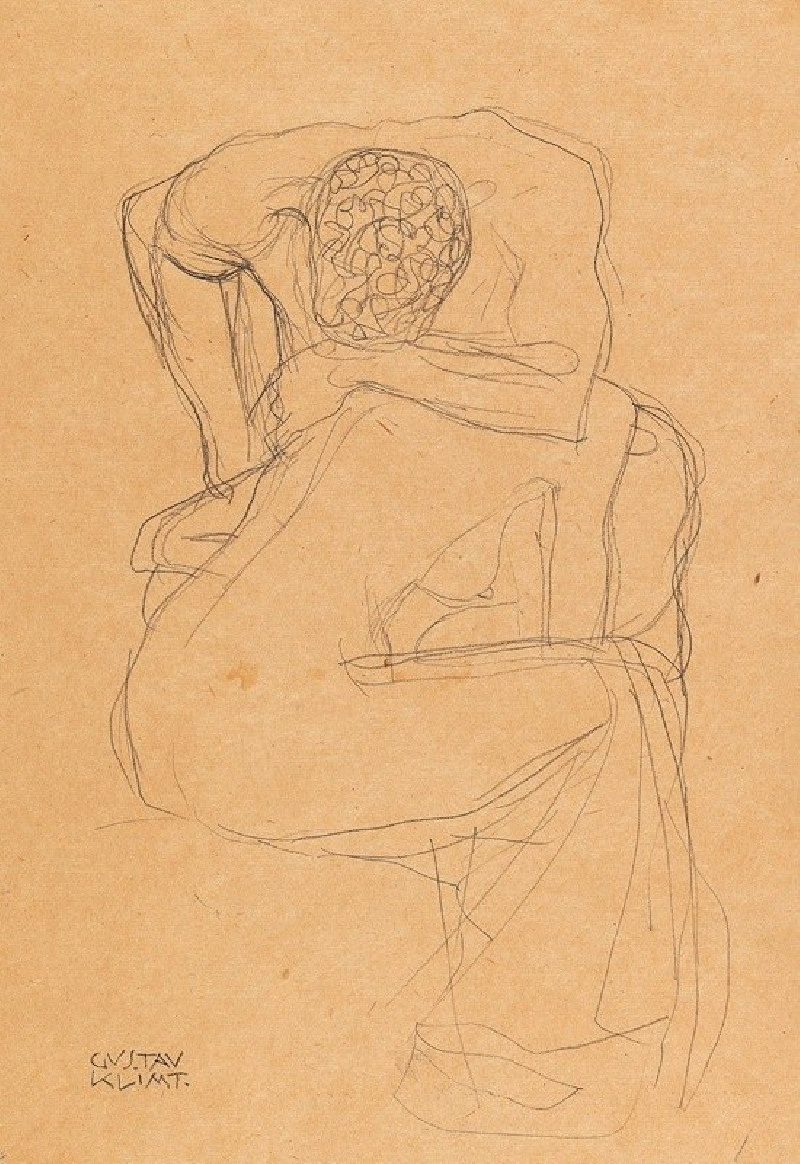




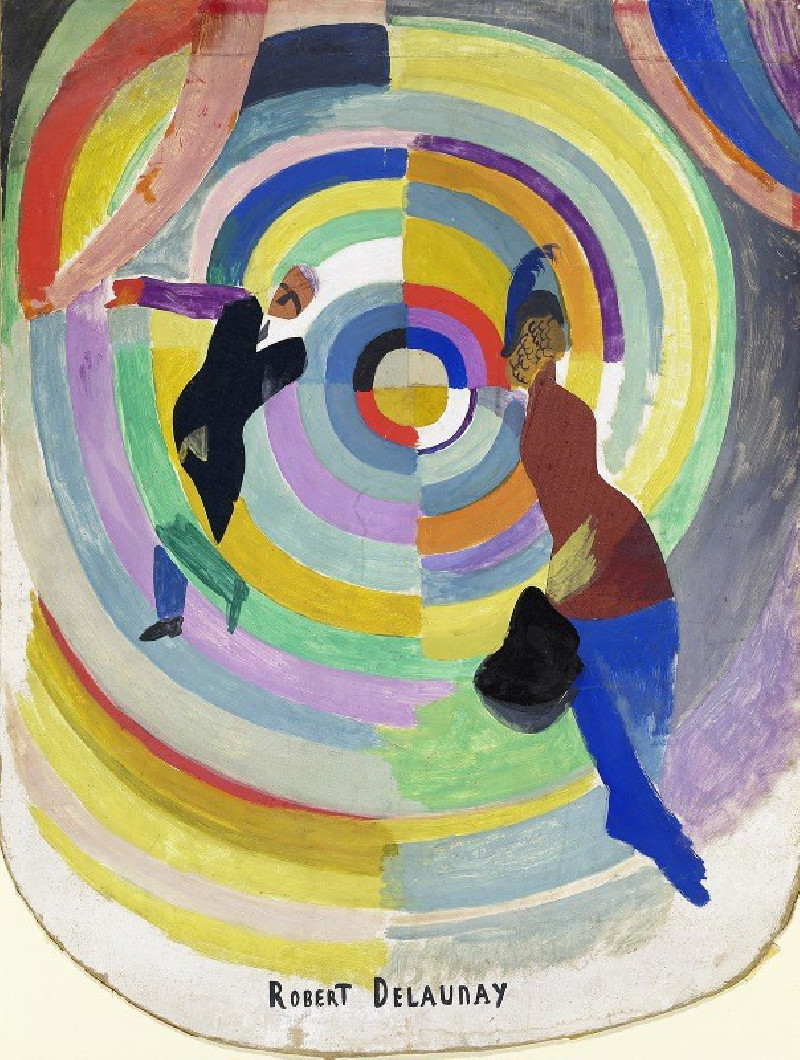
![Temple of Edfou [Idfû], ancient Appolinopolis, Upper Egypt. (1846-1849) reproduction of painting by David Roberts. ALL GICLEE...](https://reprodukcijos.lt/39162-large_default/reproduction-of-temple-of-edfou-idfu-ancient-appolinopolis-upper-egypt-1846-1849.jpg)


